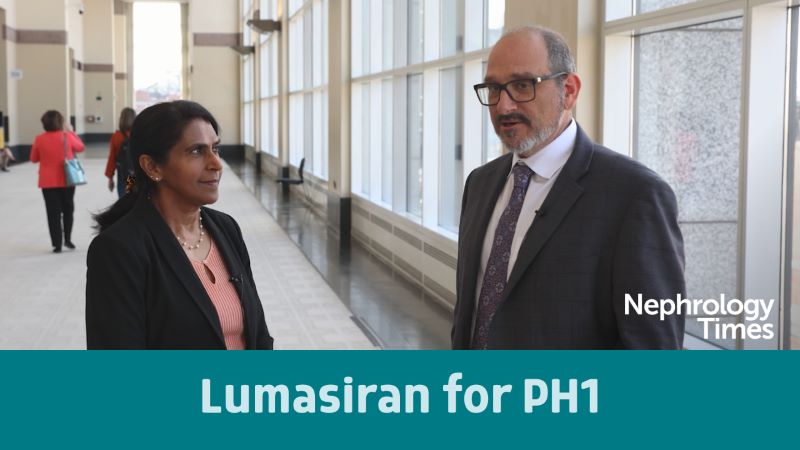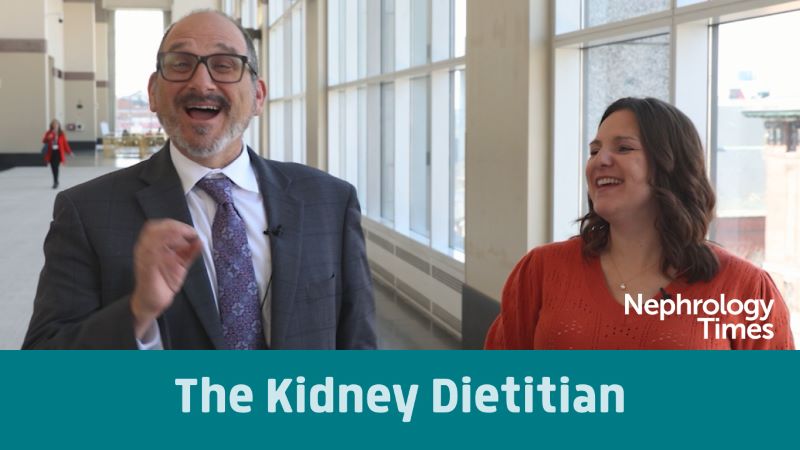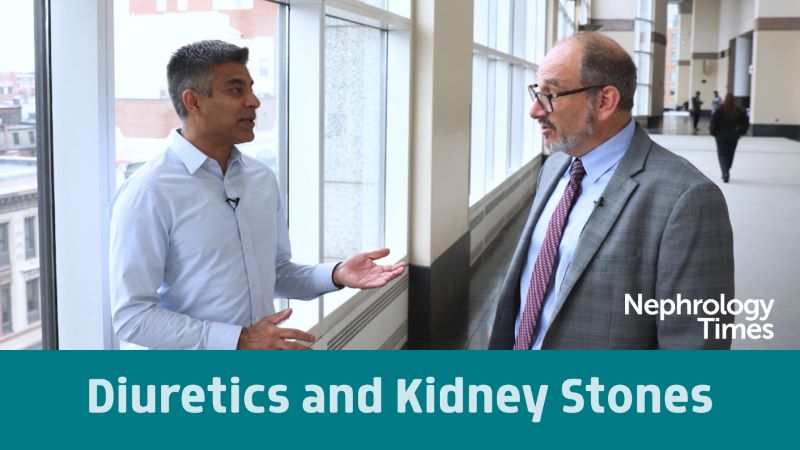NephroNICU at Stanford Provides Specialized Care to Neonates
By Alexis Davis, MD, Scott Sutherland, MD, Charlotte Robinson - Last Updated: November 12, 2024There are only a handful of nephrology neonatal intensive care units (nephro NICUs) in the United States. Stanford Medicine Children’s Health began to establish theirs about a decade ago, after encountering a preterm infant in need of dialysis, and formalized the NephroNICU Program just a few years ago.
The program addresses the complex needs of the smallest kidney patients, including dialysis, which has sometimes required ingenuity in adapting techniques and devices for these patients. A multidisciplinary, collaborative approach is also necessary to meet the unique nutritional, developmental, and other needs of babies and their families.
Alexis Davis, MD, and Scott Sutherland, MD, co-directors of Stanford Medicine Children’s Health NephroNICU Program, spoke with Nephrology Times about the inner workings of their program, the challenges of this patient population, and how clinicians can find support and benefit from a nephro NICU even if their own hospital does not have one. An edited version of the discussion follows, but you can find more by watching the video above or on YouTube.
Could you talk a bit about aquapheresis or other ways you’ve adapted devices and procedures to work for babies?
Dr. Sutherland: It’s a device that was originally developed to remove fluid in adult patients, and we sort of modified it for use in the neonates. The biggest difference is that it can be run using smaller catheters, or smaller lines, and so the access issue that we were facing was sort of solved. There are still a lot of challenges about using that device in neonates. It’s not meant to do dialysis, but we are able to modify it slightly so that it can provide clearance of molecules, can clean the blood in addition to removing fluid.
We’re now using a different device in addition; it’s a device that was designed to do dialysis in neonates. It’s a similarly sized device, but it doesn’t require any modification. You can just use it to provide dialysis therapy. A lot of the decisions that we’ve made, and a lot of the technical aspects, have revolved around getting access and trying to provide the therapy in very small patients.
How do multidisciplinary teams work together in the NephroNICU?
Dr. Davis: I think as we embarked on this journey together between neonatology and pediatric nephrology, it became clear that we needed to assemble a bigger team that all had sort of a shared mental model of how to care for these babies. Some of these babies are born prematurely, and with that, there’s extra considerations for nutrition, for example…. Dr. Wong, our medical director of dialysis, had many years ago done an improvement project called Save Our Veins to really respect and appreciate the vascular access challenges that these babies, who grow into children, who grow into young adults, experience over the course of their lifetime. So those have been some really key collaborators.
We’ve had to assemble a really expert rehabilitation team. These babies are in our unit for many months sometimes… They’re often undergoing dialysis for many hours a day, so we need to make sure that they get opportunities for mobility and bonding time with their families. So, our infant development specialists, our physical therapists, our occupational therapists are all really key members of our team. Finally, as we get towards having these patients go home where they’re going to be on dialysis until they grow bigger, that’s where our amazing transplant team comes into play as well. They’re involved from the beginning.
What advice do you have for clinicians facing these medical issues in patients who do not have access to a nephro NICU?
Dr. Sutherland: I encourage the physicians to reach out to a center who has this expertise, whether it’s our center or a different center, as early as possible. I think it really helps determine whether the patient can be managed locally or whether the patient really should be transferred. I think it’s important to note that when we get these calls, we don’t transfer every single patient and a lot of the patients stay locally. Sometimes it’s just a onetime consultation. Sometimes it’s sort of an ongoing consultation. Some of these things can be managed from afar and don’t require being physically here, but having that conversation early really helps us identify the patients who would benefit from being here at our center or a similar center close by.
What is a development in pediatric nephrology you are excited about?
Dr. Sutherland: In pediatric patients, one of the things that’s really exciting is the commercial availability of biomarkers of kidney injury…. The other thing that’s really exciting, it’s actually something that’s happening here in our program as well, is we’re starting to do sequential stem cell kidney transplants. This is only in a subset of diseases. We’re doing it in some very uncommon diseases in patients who already need a stem cell transplant and need a kidney transplant, but it has incredible ramifications for transplantation in general.
Dr. Davis: I think what I’ve seen really just in the last couple of years… we’ve historically maybe had to adapt an adult device to meet the needs of a neonate, but as manufacturers are starting to appreciate that we can support these babies, these babies survive, and that this is a market, that they are willing to get into this space and develop technologies and really move technology forward so that we can provide the best care for babies.







 © 2025 Mashup Media, LLC, a Formedics Property. All Rights Reserved.
© 2025 Mashup Media, LLC, a Formedics Property. All Rights Reserved.